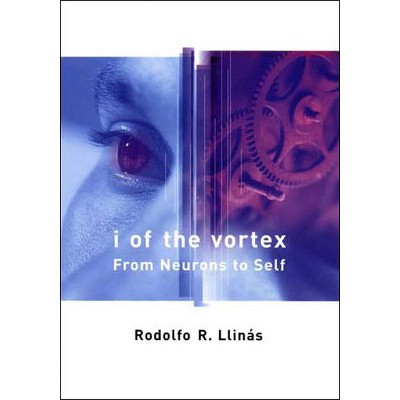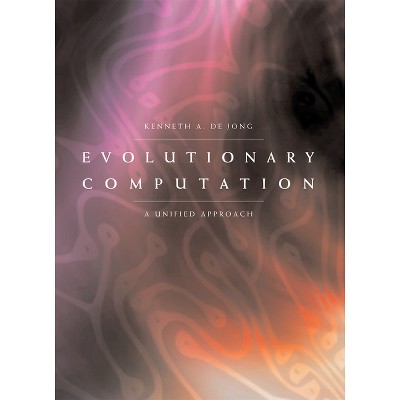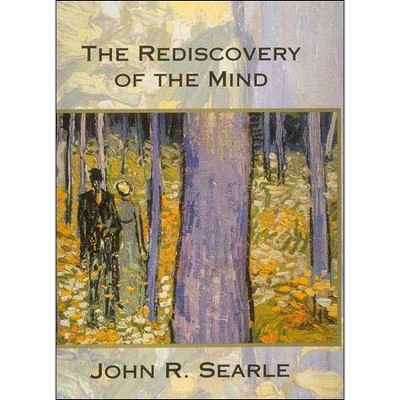About this item
Highlights
- An exploration of twentieth-century conceptions of time and their relation to artistic form.In Architectures of Time, Sanford Kwinter offers a critical guide to the modern history of time and to the interplay between the physical sciences and the arts.
- About the Author: Sanford Kwinter is a New York-based writer.
- 252 Pages
- Philosophy, General
Description
About the Book
An exploration of twentieth-century conceptions of time and their relation to artistic form.Book Synopsis
An exploration of twentieth-century conceptions of time and their relation to artistic form.In Architectures of Time, Sanford Kwinter offers a critical guide to the modern history of time and to the interplay between the physical sciences and the arts. Tracing the transformation of twentieth-century epistemology to the rise of thermodynamics and statistical mechanics, Kwinter explains how the demise of the concept of absolute time, and of the classical notion of space as a fixed background against which things occur, led to field theory and a physics of the "event." He suggests that the closed, controlled, and mechanical world of physics gave way to the approximate, active, and qualitative world of biology as a model of both scientific and metaphysical explanation.
Kwinter examines theory of time and space in Einstein's theories of relativity and shows how these ideas were reflected in the writings of the sculptor Umberto Boccioni, the town planning schema of the Futurist architect Antonio Sant'Elia, the philosophy of Henri Bergson, and the writings of Franz Kafka. He argues that the writings of Boccioni and the visionary architecture of Sant'Elia represent the earliest and most profound deployments of the concepts of field and event. In discussing Kafka's work, he moves away from the thermodynamic model in favor of the closely related one of Bergsonian duree, or virtuality. He argues that Kafka's work manifests a coherent cosmology that can be understood only in relation to the constant temporal flux that underlies it.
Review Quotes
"Readers of Deleuze will be attracted to this book's complexity. Architectures of Time poses real problems for use in considering modern culture and our own: How shall we understand the pressure of events? What constitutes a grasp of nature? How does a historical example help us? In the course of Kwinter's case studies, both time and design come alive."--Molly Nesbit, Department of Art, Vassar College
" Readers of Deleuze will be attracted to this book's complexity. Architectures of Time poses real problems for use in considering modern culture and our own: How shall we understand the pressure of events? What constitutes a grasp of nature? How does a historical example help us? In the course of Kwinter's case studies, both time and design come alive." -- Molly Nesbit, Department of Art, Vassar College
" Readers of Deleuze will be attracted to this book's complexity. Architectures of Time poses real problems for use in considering modern culture and our own: How shall we understand the pressure of events? What constitutes a grasp of nature? How does a historical example help us? In the course of Kwinter's case studies, both time and design come alive." -- Molly Nesbit, Department of Art, Vassar College
-- Molly Nesbit, Department of Art, Vassar College
About the Author
Sanford Kwinter is a New York-based writer. He teaches design in the School of Architecture at Rice University.Shipping details
Return details
Trending Poetry












